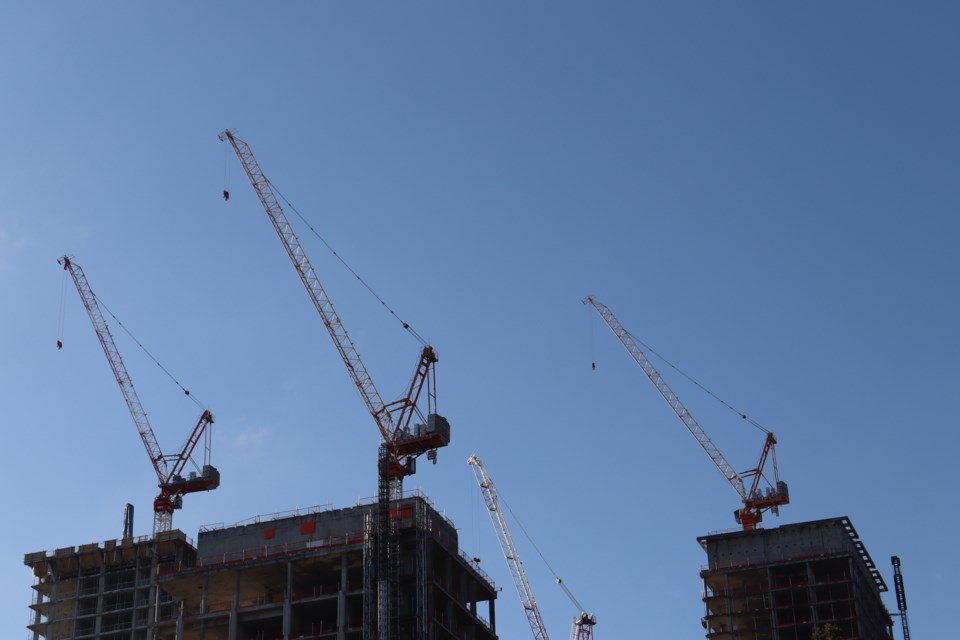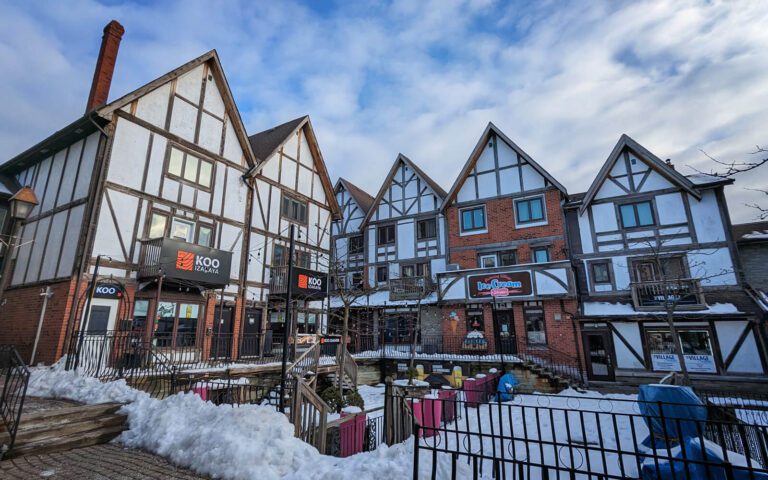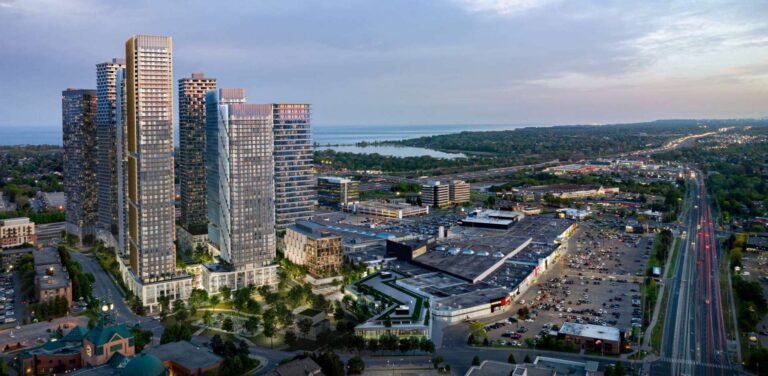If you’re a landlord or investor in the Toronto multiplex market, the recent announcement by the City of Toronto and the Ontario Ministry of Housing marks one of the most transformative policy shifts in years. The city is moving to allow far higher density near transit stations—opening the door to more multiplex development, new apartment typologies, and a fundamentally changed landscape for multi-unit ownership. YouTube TorontoToday.ca CityNews Toronto
As the founder of AVS Hospitality, I’ve been watching these changes closely—and crafting a strategy so our clients (and our future clients) are not just ready, but positioned to benefit from the shift. In this blog we’ll unpack what the zoning changes mean, why multiplex landlords should care, how to act now, and where AVS Hospitality fits in.
1. What’s Changing: Transit-Oriented Zoning & Density Unlocked
1.1 The Big Picture
The city has set ambitious targets: according to recent reports, Toronto is aiming to add 1.5 million homes over the next 25 years by leveraging areas around transit. CityNews Toronto TorontoToday.ca The new zoning framework breaks out as:
Within a “major transit station area” (MTSA) — roughly an 800-metre radius around a subway, LRT or GO station — buildings will now be allowed greater height “as of right” (in some zones up to 30 storeys). TorontoToday.ca
In neighbourhoods that previously were capped at low-rise, the rules now allow low-rise multiplexes (sixplexes, etc) without a prior cap on number of units. TorontoToday.ca
A key enabler: streamlined rezoning and fewer site-specific amendments — the goal is to reduce the “entitle and flip land” model and get actual development moving. TorontoToday.ca
Inclusionary zoning (IZ) will require new residential development in MTSAs to set aside a minimum of 5% of gross floor area for affordable housing units. TorontoToday.ca
1.2 Why this matters for multiplex development
This is an important moment for the keyword we’re focusing on: multiplex development. Previously, multiplex construction (sixplexes, four-plexes) was limited and constrained by zoning. Under the new plan:
Area capitals for low‐rise are being relaxed, meaning more units can be built in the same footprint. TorontoToday.ca
Because transit-oriented zones allow higher density, the per-unit economics for multiplexes get better—especially for properties near major transit hubs.
For landlords and operators, this opens up acquisition, redevelopment or conversion strategies that previously might not have stacked financially.
The shift away from “entitling land” means less speculation and more focus on build-to-hold models—good news if you’re in the holding business with management in mind.
1.3 Timeline and implementation details
The city has already received provincial approval of 25 MTSAs and 95 PMTSAs (Protected Major Transit Station Areas). Mayor Olivia Chow The workplan is moving forward quickly: zoning updates are slated for late spring or early summer 2026. Mayor Olivia Chow That means decisions made now (acquisitions, feasibility studies, repositioning) position you ahead of the curve.
For the savvy landlord, this is the window to act—not later when everyone else is chasing the same deals.
2. Why Multiplex Landlords Should Be Paying Attention
2.1 Portfolio leverage & upside
If you already own multiplex assets (4-plex, 6-plex, up to mid-rise) in Toronto or the GTA, the new regime offers multiple tailwinds:
Greater density near transit may increase demand for rental units—your property becomes more valuable, especially if you are next to or within an MTSA.
Opportunity to acquire properties, upgrade them, reposition them as more attractive rentals, or even amalgamate parcels to benefit from the zoning premiums.
With management expertise in place (which is where AVS Hospitality comes in), you can optimise operations, tenant retention, and long-term value rather than simply relying on rent increases alone.
2.2 Risk mitigation in a changing market
The days of simply buying a multiplex, holding it on autopilot, and expecting passive returns are evolving. With zoning moving quickly:
Properties in “wrong” locations may become stranded assets—low-density areas far from transit may lose relative value.
Transit-adjacent sites will increasingly premium out for “location, location, location + transit”. Being proactive now gives you an advantage.
Management becomes a differentiator: tenants expect more from landlords, and the operational complexity increases as portfolios scale. Having a professional partner like AVS Hospitality signals that capability.
2.3 Execution matters
Owning multiplexes is not just about bricks and mortar—it’s about operating a portfolio that meets modern standards of tenant experience, turnover efficiency, energy management, and regulatory compliance. With the zoning shift, having the right processes and strategic insight in place is vital. At AVS Hospitality we specialise in exactly this: supporting landlords with multiplexes in the GTA, providing you with a platform for scale and performance.
3. What to Do Now: A 5-Point Action Plan for Landlords
Here’s a tailored checklist for multiplex landlords in the transit-transformation era.
Map your assets vs transit zones
Identify whether your property is within or near an MTSA/PMTSA. Use the city’s backgrounder (see the report from the city’s website) to locate whether your asset falls within the 800-metre radius of a higher-order transit station. TorontoToday.ca
For assets outside transit zones: examine whether acquisition of adjacent parcels or repositioning makes sense. For assets inside: the future value acceleration may justify capital upgrades.
Run a feasibility study for redevelopment or densification
Consider whether your multiplex site could add units or be converted to a higher-density form. The new policy allows low-rise multiplexes and apartments in places previously capped. TorontoToday.ca
Work with a zoning consultant and your property manager (eg. AVS Hospitality) to model cap-rates, yield improvements, exit upside.
Upgrade operations proactively
The value uplift from zoning is only realised if the property is well-managed: low vacancy, high tenant satisfaction, modern amenities, efficient maintenance and strong branding.
AVS Hospitality offers turnkey property management, reporting, leasing, maintenance oversight—especially suited for multiplex portfolios in the GTA.
Monitor regulatory timeline
Keep track of when the city intends to adopt zoning changes (late spring/early summer 2026) and consider how reaching the Ontario Land Tribunal (OLT) timeline or potential appeals may affect development timelines. TorontoToday.ca
Eligibility for incentives, inclusionary zoning and transit-adjacent premiums may hinge on specific timing—being first matters.
Position your marketing & investor narrative
When you approach lenders, partners or tenants, frame your asset as “transit-adjacent multiplex with upside from city-approved density regime”.
Highlight your management partner (AVS Hospitality) and strategy to optimise operations, making your pitch more compelling.
Consider tenant communications emphasising accessibility, transit orientation, community benefits—value for your residents and your cap table.
4. How AVS Hospitality Helps Your Multiplex Strategy
At AVS Hospitality, we specialise in multiplex property management in Toronto and the GTA—so our clients are already positioned to benefit from this zoning shift. Here’s how we add value:
Expertise in multi-unit operations: From 4-plexes to larger multiplexes, our management platform is tailored for complexity, scale and high performance.
Strategic insight: Because we track market shifts, regulation changes (like the transit-oriented zoning updates) and investor sentiment, we can help you align your asset strategy accordingly.
Tenant-centric execution: Happier tenants mean lower turnover, fewer vacancies and better financial results. We bring the operational excellence to deliver that.
Scalable platform for growth: Whether you currently own a handful of properties or plan to expand via acquisition (or even acquisition of a property-management company), AVS Hospitality is aligned to support you.
Communication & transparency: With our reporting, marketing support and proactive maintenance programmes, you gain the confidence of your LPs, lenders and tenants alike.
If you’re ready to unlock the potential of your multiplex assets in light of Toronto’s evolving zoning regime, get in touch—visit our AVS Hospitality homepage or our AVS Property Management services page to learn more.
5. Real-World Scenario: A Multiplex Near Transit
Let’s walk through a hypothetical case to illustrate how this plays out. Suppose you own a 6-plex in a neighbourhood that falls within an MTSA, adjacent to a GO Station. Under the old zoning, you were constrained to 3–4 storeys. Now:
With new zoning you could explore adding a storey or two, or converting under-utilised space (eg. basement, attic) into rentable units.
The improved density means enhanced site value—your holding becomes more attractive to investors.
With transit access as a selling point, you can market to premium tenants willing to pay for convenience, which lowers vacancy risk.
With AVS Hospitality managing the property, you can focus on value-add strategy (acquisition, repositioning) while we handle tenant communications, maintenance, leasing, and performance metrics.
Thus, your asset moves from “steady but static” to “value-growth instrument” in a changing policy environment.
6. Looking Ahead: What to Watch
Implementation of the zoning changes. How quickly the city updates bylaws and how appeals are handled will affect competitiveness. Mayor Olivia Chow
Inclusionary Zoning pressure. The requirement for new developments to include affordable units may squeeze developer margins, but also create opportunities for purpose-built rentals and partnerships. TorontoToday.ca
Transit expansions. As new LRTs, GO stations or subway extensions come online, properties near those nodes will re-price faster. Positioning early is key.
Multiplex market dynamics. With more properties pursuing densification and repositioning, competition may increase—so operations and management excellence will become differentiators.
Land value versus build cost. Even with density unlocked, land and build costs remain high. The landlords who succeed will be those managing efficiently and delivering tenant value.
Market sentiment and interest rates. Multifamily remains relatively resilient, but macro conditions matter. Aligning your strategy with the longer-term transit premium helps buffer short-term headwinds.
7. Final Thoughts: Why Now is the Time
If you’re a landlord of multiplexes—or considering acquiring one—this moment is rare. The intersection of transit-oriented zoning, new policy frameworks, market demand for rentals, and a management partner like AVS Hospitality means you can move from “holding a property” to “operating a growth platform”.
The key word here is multiplex development—not as a generic real-estate buzzword but as a strategic vehicle. Whether through acquisition, densification, repositioning or enhanced operations, multiplex assets near transit have a new tailwind.
And for landlords working with AVS Hospitality: you get the mapping of the policy landscape, the operational execution, and the platform for growth all aligned. Don’t wait until the competition is fully in motion—position now, act now.
Get in Touch
📞 Call: 647-294-5111
📧 Email: contact@avshospitality.ca
📲 Instagram: @avs_hospitality
▶️ YouTube: AVS Hospitality Channel
👉 Website: AVS Hospitality






